Summary
This (probably) late fourth century common era (A.D.) narrative of a Christian pilgrimage is the earliest such text which survives to us. It is an important source of information about early Christian practices. This book has an extended introduction which provides invaluable context and summaries, though some of it is a bit scholarly and dry. The text is damaged with some parts missing; missing parts will be designated in this recording by this verbal usage: “dot dot dot dot”. More information: Egeria, Etheria or Aetheria was a woman, widely regarded to be the author of a detailed account of a pilgrimage to the Holy Land. The long letter, dubbed Peregrinatio (pilgrimage) or Itinerarium Egeriae, is addressed to a circle of women at home. Historical details it contains set the journey in the early 380s, making it the earliest of the kind…. It is the earliest extant graphic account of a Christian pilgrimage…. The text is a narrative apparently written at the end of Egeria's journey from notes she took en route, and addressed to her 'dear ladies': the women of her spiritual community back home. In the first extant part of the text, she describes the journey from her approach to Mount Sinai until her stop in Constantinople…. The second portion of the text is a detailed account of the liturgical services and observances of the church calendar in Jerusalem (most likely, under Cyril). The liturgical year was in its incipient stages at the time of her visit. This is invaluable because the development of liturgical worship (e.g. Lent, Palm or Passion Sunday) reached universal practice in the 4th century. Egeria provides a first-hand account of practices and implementation of liturgical seasons as they existed at the time of her visit. This snapshot is before universal acceptance of a December 25 celebration of the nativity of Jesus; this is very early and very helpful in cataloging the development of annual liturgical worship. Sections 8 and 12 of the textual introduction are omitted in this recording as they are long lists. The book's extensive footnotes are not recorded as is not the extensive concluding index ( David Wales and Wikipedia)
More from History
Authorization
By logging in, you agree to the terms and conditions.
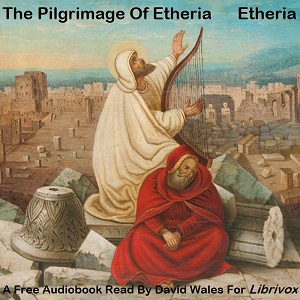





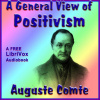
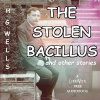

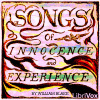
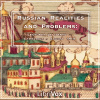

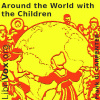
No comments